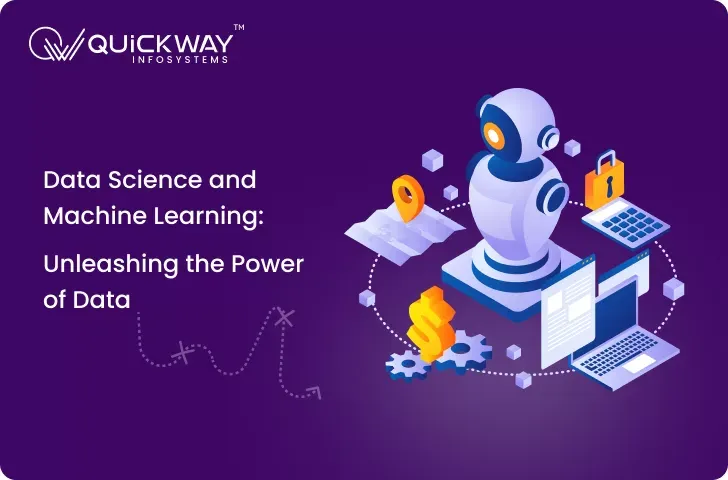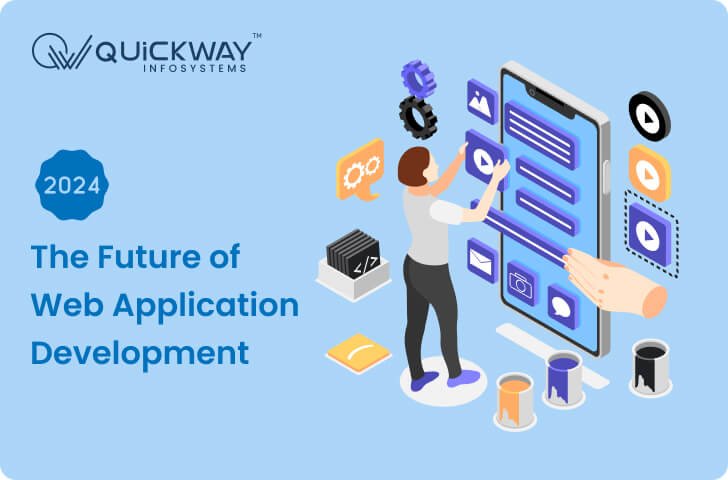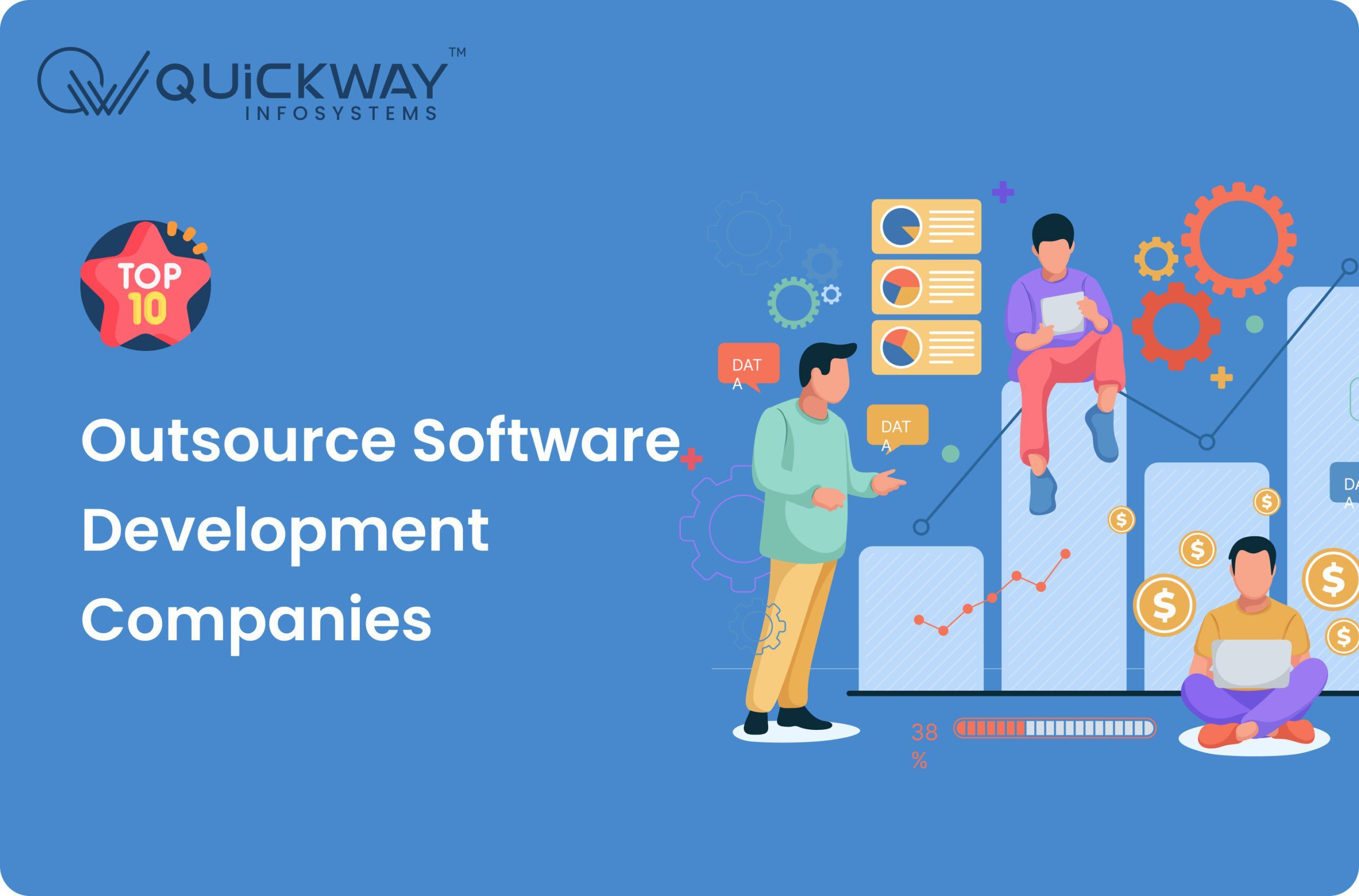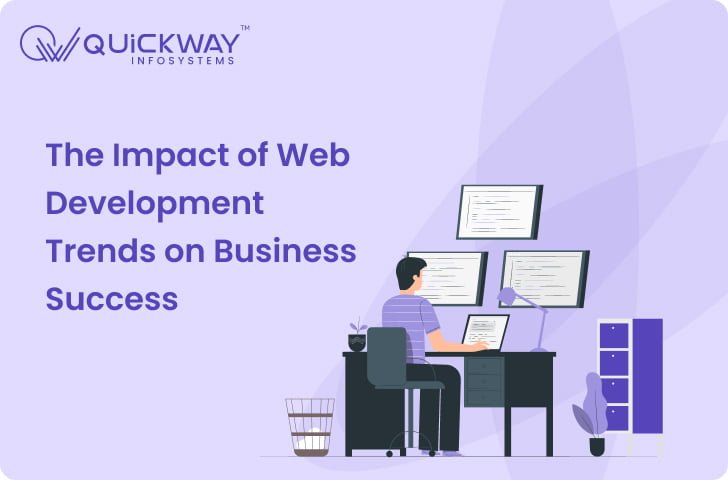Throughout history, technology has undergone remarkable transformations, reshaping not only our way of life but also human progress itself. From ancient roadways and railways to today’s Artificial Intelligence, technological advancements have continually elevated our standard of living. Amid the myriad technologies that surround us today, relentless research and development persist in the quest to enhance human efficiency and overall well-being.
This blog will walk you through the evolution of data science and machine learning, tracing their origins to their current state and the exciting trends that lie ahead.
Ready to kick start your new project? Get a free quote today.
The Origin and Growth of Data Science:
The term “data science” was first coined in the 1960s to describe the analysis and interpretation of large datasets collected over time. Over the years, data science has evolved, merging principles from computer science and statistics, and extending its reach into diverse domains. Its primary purpose is to extract insights, identify trends, and make predictions from data.
Initially rooted in statistics, data science expanded to encompass fields like machine learning and artificial intelligence. The proliferation of technology, globalization, and increased population have generated vast amounts of data. Data science has emerged as a powerful tool for deciphering human behavior. This newfound knowledge has not only revolutionized business decision-making but has also made significant contributions to fields such as medicine and engineering.
In 1962, American mathematician J.W. Tukey coined the term “data science,” recognizing its potential even before the advent of computers. In 1977, the International Association of Statistical Computing was formed with a mission to bridge traditional statistics with computer technology, enlisting domain experts to translate data into valuable information and knowledge.
The 1990s witnessed significant strides in data science, marked by the establishment of Knowledge Discovery in Database (KDD) and the International Federation of Classification Societies (IFCS). These organizations focused on educating individuals in data science theory and methodology, solidifying its importance. Professionals began capitalizing on data and statistics during this period.
In 1994, a newspaper published the first article related to data science, titled “Database Marketing,” explaining how businesses were collecting vast datasets to study consumer behavior, competition, and effective advertising strategies. The early 2000s marked data science’s recognition as a distinct field, with dedicated journals and continuous development.
By the late 2000s, universal internet access, communication, and data collection became prevalent. In 2005, big data took center stage as technology giants like Google and Facebook entered the arena, collecting massive datasets and developing technologies such as Hadoop, Spark, and Cassandra for processing them.
Fast forward to 2014, the growing importance of data science led organizations worldwide to seek patterns for informed decision-making, driving a surge in demand for data scientists. In 2015, machine learning, deep learning, and artificial intelligence entered the data science landscape, revolutionizing it with innovations ranging from personalized shopping experiences to self-driving vehicles.
However, as we approached 2018, the potential risks of these developments became apparent, prompting the implementation of new regulations. As we entered the 2020s, the study of big data became more critical than ever before.
In 2022, Artificial Intelligence and Data Science achieved remarkable milestones:
- Machine learning algorithms could identify objects and faces with 100% accuracy.
- Natural language processing software provided precise responses to human queries.
- Data science played a crucial role in drug development and disease treatment.
- AI enabled complex tasks like autonomous driving and aviation.
- Innovative applications proliferated, from algorithmic article writing to facial recognition and music generation.
- These achievements represent just the tip of the iceberg in the ongoing evolution of data science and machine learning.
Ready to kick start your new project? Get a free quote today.
Key AI and Data Science Trends for Businesses To Make Use of in the Late 2023 and the Coming Future!
In today’s data-driven world, AI and data science have become dominant forces, offering profound insights into customer behavior and preferences. To stay competitive in the ever-evolving global tech market, businesses must stay vigilant and adapt to the latest trends in AI and data science. Here, we provide an in-depth look at some of the most influential trends shaping the industry, including AI for IT operations (AIOps), Data-Centric AI, Natural Language Processing (NLP), and Robotic Process Automation.
Data-Centric AI:
Data-Centric AI signifies a shift from the traditional model and code-centric approach towards a more data-focused strategy. Solutions such as AI-specific data management, synthetic data generation, and advanced data labeling technologies are addressing critical data-related challenges, including accessibility, volume, privacy, security, complexity, and scope. Embracing this trend can help businesses harness the full potential of their data assets.
Natural Language Processing (NLP):
The field of Natural Language Processing continues to expand as computers aim to better understand and interact with human languages. Startups are developing NLP-based systems capable of identifying words, phrases, and speech segments. These technologies enhance customer interactions and enable businesses to conduct extensive research, ultimately improving their decision-making processes.
Automated Machine Learning (AutoML):
Automated machine learning (AutoML) platforms are gaining traction as they automate various aspects of the data science lifecycle. These platforms handle tasks such as data sourcing, feature engineering, machine learning experimentation, model evaluation, and deployment. By streamlining these processes, AutoML empowers organizations to make data-driven decisions efficiently and effectively.
Learning Platforms:
Machine Learning Platforms (MLPs) will remain pivotal as businesses grapple with the increasing volume and diversity of data. MLPs leverage intelligent algorithms, APIs, and vast datasets to provide valuable insights and innovative solutions. Incorporating these platforms into business strategies will continue to be a competitive advantage.
Edge AI:
Edge AI involves processing data at the point of creation, near IoT endpoints, rather than relying on centralized servers or clouds. This approach enables real-time insights, pattern recognition, and data privacy while also enhancing AI model development, orchestration, integration, and deployment. Gartner predicts a significant shift toward edge-based deep neural network analysis, with over 55% of such analysis occurring at the edge by 2025, up from less than 10% in 2021.
Robotic Process Automation (RPA):
RPA, an advanced software technology that replicates human actions when interacting with digital systems and software, is poised for substantial growth. Its ability to perform error-free, high-volume tasks at remarkable speeds makes it an attractive option for industries seeking precision and efficiency.
AI-as-a-Service (AIaaS):
AI-as-a-Service, abbreviated as AIaaS, offers advanced AI functionalities through subscription-based models. This trend is particularly appealing to small and medium-sized businesses looking to leverage AI capabilities in areas like customer service, data analysis, and production automation. It facilitates in-house AI adoption through off-the-shelf software solutions.
Quantum Artificial Intelligence:
In a rapidly changing world, the ability to quickly and accurately analyze vast amounts of data is paramount. Quantum AI advancements enable complex task optimization and problem-solving, significantly enhancing commercial operations. Quantum computers provide unparalleled processing power, making high-performance AI applications feasible.
AIOps (AI for IT Operations):
AIOps solutions and advanced data analysis are helping IT operations teams enhance critical processes, decision-making, and actions. Integrating the IT operations management toolchain, delivering end-to-end digital experiences, and correlating data are key strategies recommended by Forrester to foster cross-team collaboration.
Predictive Analytics:
Predictive analytics, a branch of advanced analytics, uses historical data, statistical modeling, data mining techniques, and machine learning to forecast future outcomes. It is poised for growth as businesses need to navigate data surges and identify risks and opportunities in various fields, including weather forecasting, healthcare, and scientific research, enabling them to make informed decisions and implement appropriate solutions.
In a rapidly evolving tech landscape, businesses that embrace these AI and data science trends stand to gain a competitive edge and navigate the challenges of the digital age more effectively.
Ready to kick start your new project? Get a free quote today.
Conclusion
Within the realm of data science, it is evident that as technology continues to progress, data will remain a fundamental and transformative force, profoundly impacting our future. Human lives and technology are getting more connected and intricate because of the way artificial intelligence, prediction tools, and data analysis work together. This synergy not only enhances the quality of life for individuals but also provides organizations with the tools to harness data-driven insights for making informed and agile decisions in a rapidly evolving world.
As data becomes increasingly abundant and accessible, the potential for innovation and problem-solving expands exponentially. Advanced machine learning models, powered by vast datasets, enable predictive analytics that can revolutionize industries such as healthcare, finance, and marketing. Furthermore, the synergy of data science with emerging technologies like the IoT and edge computing creates new opportunities to gather and analyze real-time data, enabling quicker and accurate decision-making.
As data science continues to evolve, ethical considerations surrounding data privacy, bias, and security will become paramount. Striking a balance between harnessing the power of data and safeguarding individual rights and societal values will be a pivotal challenge. However, with responsible practices and ethical frameworks in place, data science will drive not only technological progress but also foster a more informed, efficient, and equitable society.



